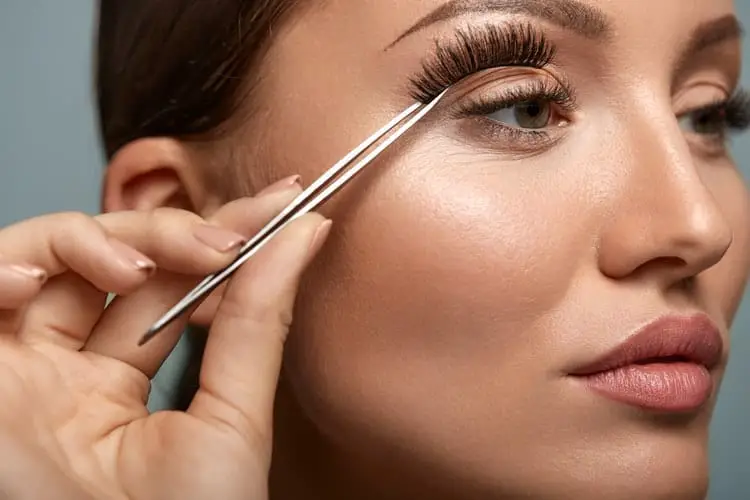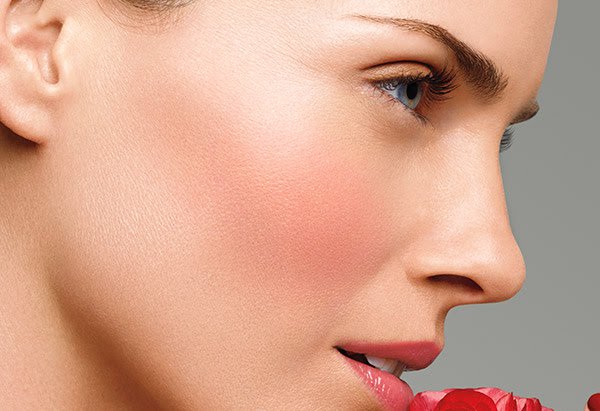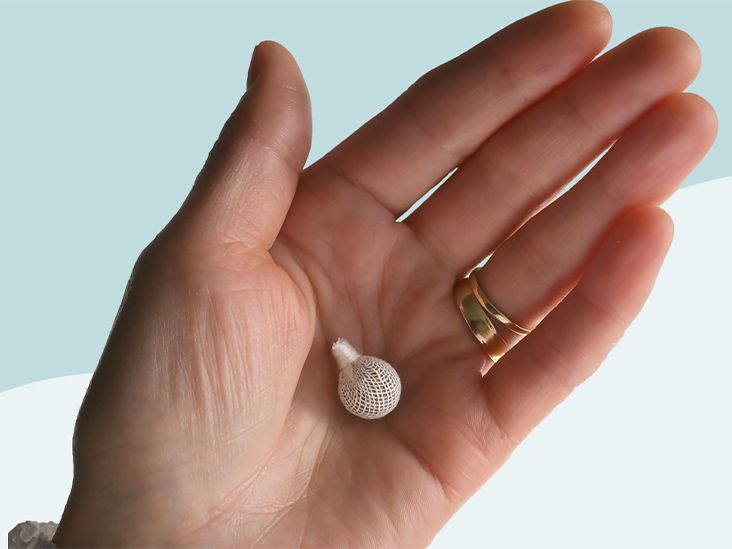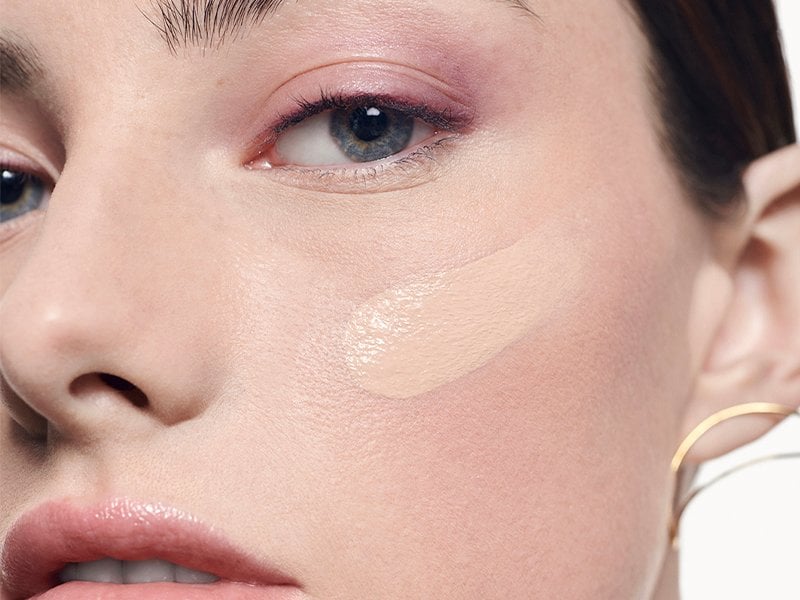Despite popular opinion, high heels are not the enemy. In fact, according to a recent study, you might be able to thank women’s stilettos heels for boosting your confidence and improving your posture. Still, if you feel like you’re walking on stilts when wearing heels, it’s time to change up your shoe game.
Read on for three simple ways to make your favorite pair of heels more comfortable.
Table of Contents
1) Skip the Socks; Try Shoe Inserts Instead
When you slip into a pair of high heel shoes or strappy sandals, it’s almost guaranteed that your feet will slide forward and rub against the front of the shoe while walking. This can lead to blisters and calluses in this spot.
To avoid this common problem, try using a moleskin blister pad. Moleskin is a thin-yet-durable fabric that covers and protects tender areas of the skin from friction and irritation.
To use moleskin, cut out a piece directly over the blister, then apply it to the area with the sticky side toward your skin. This will help protect against painful chafing and
2) Wear Them For a Shorter Period
One thing high heel wearers can do to make them more comfortable is to wear them for shorter periods. This will minimize chronic injury but still give you some strengthening effect. You can also look into shoes with lower heels or thicker heels, which will make them initially more comfortable. If you have high arches, see if you can find high heels with arch support – this will help you a lot, especially if you have plantar fasciitis.
3) Use Padded or Gel Inserts
You can cut them to fit your shoes exactly, and since they’re removable, you can pack them for trips and take them out when you’re wearing flats. Even better: go for inserts that have a silicone gel heel. These are amazing for absorbing shock.Also, for comfortable high heels, be sure to check dream pairs shoes brands.
4) Opt For a Lower Heel Height
There’s no question that the higher you go, the more painful it is. Look for two-inch heels rather than three-inch ones, or even opt for a wedge-style that distributes weight evenly across the foot.
5) Consider Raised Forefoot Pads
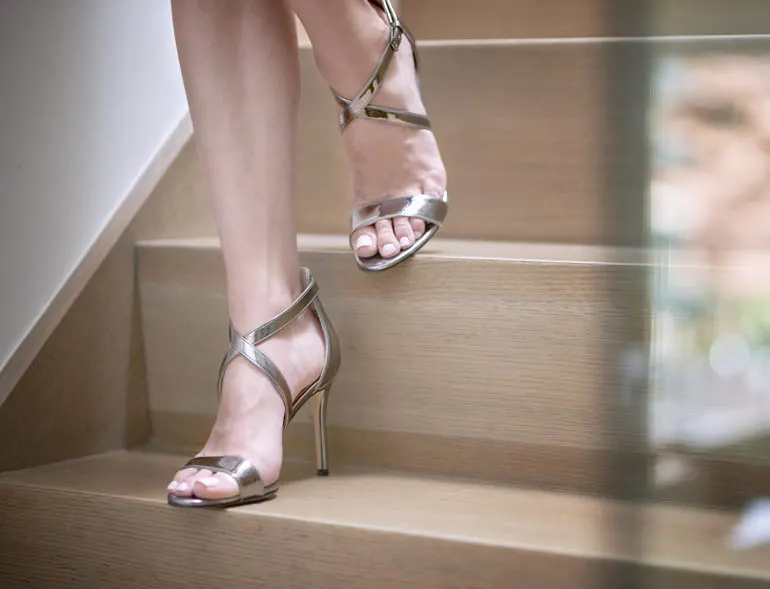
These pads elevate the forefoot but not the heel, which reduces pressure on the ball of the foot. They come in different sizes and can even be trimmed to fit your shoes. But don’t use them if you have diabetes or a wound or sore on your foot, as they may cause ulceration under the pad.
6) Try Wedge-Style Shoes
This is particularly true for smaller wedges, which distribute weight more evenly than stilettos and reduce strain on the Achilles tendon at the back of your ankle and calf muscle.
7) Get Your Shoes Stretched in the Right Places By a Professional
If you’re getting new shoes, it’s worth paying to have them stretched by a cobbler before you wear them out on the town. Most comfort problems are caused by parts of the shoe that are too tight on your foot (usually around the toe box), so having those areas stretched can make a huge difference in how long you can comfortably wear those shoes.





